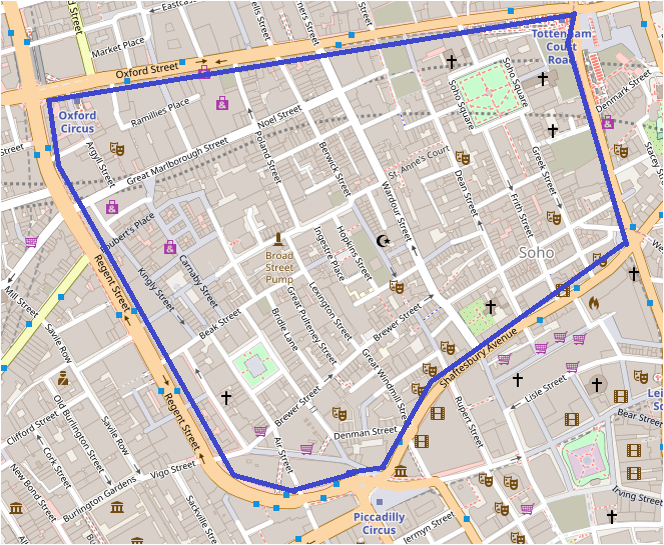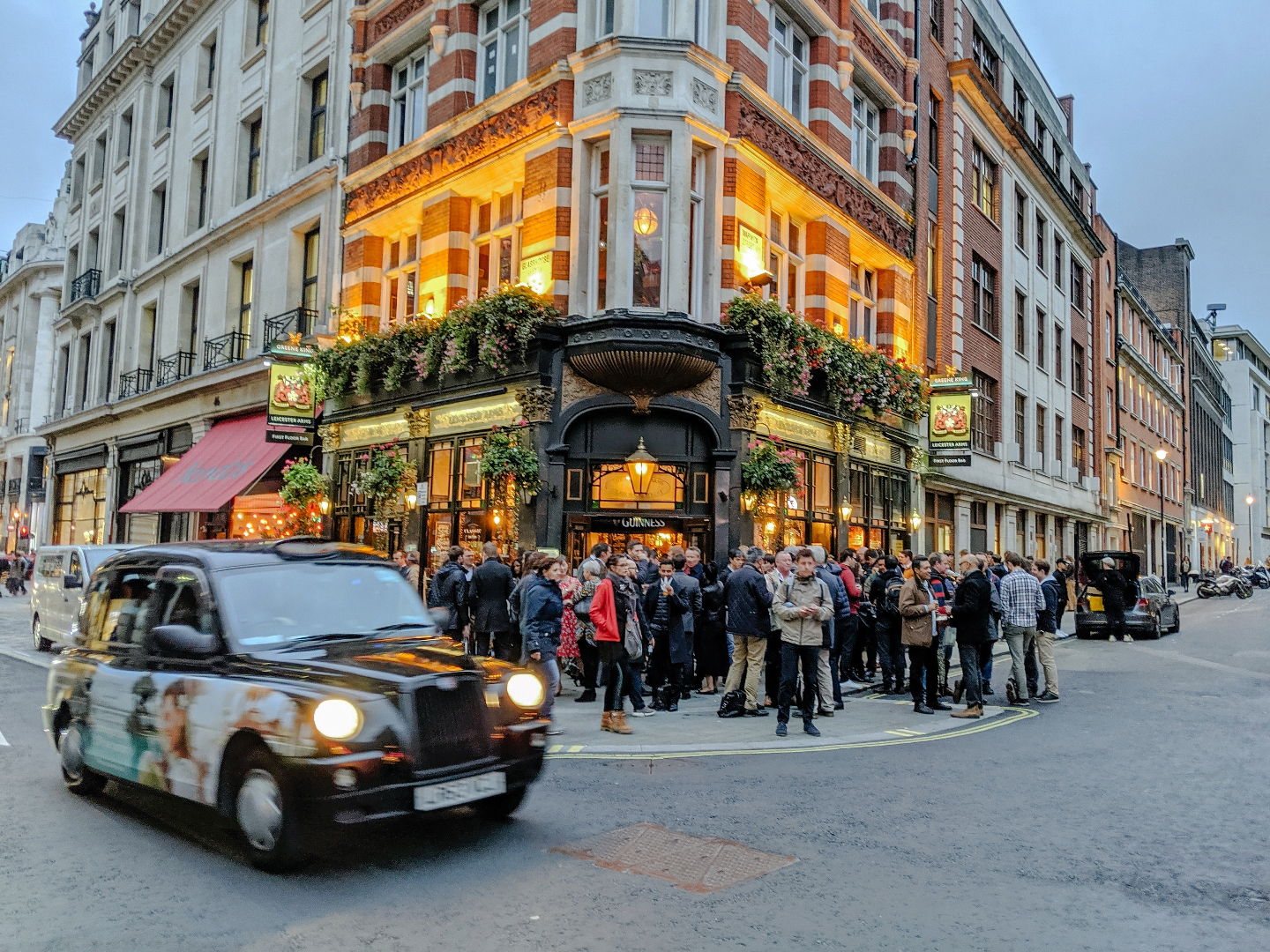Around the world, people are expressing the desire to live in a ‘walkable city’. Let’s look at some of the challenges of pedestrianizing inner-city streets, with London as an example, as well as some of the challenges to doing so.
Whether or not a city is walkable greatly impacts the quality of life of those who live there.
While many cities in the US are lagging behind on this feature, those in Europe generally score higher on ‘walkability’ which is best described by areas designed to ‘invite people to get around on foot, not because they have to but because they will feel like they are missing out if they don’t. The physical infrastructure [has] characteristics that make people not just realise walking is possible but also that it is preferable.’
Despite its huge size, walking in London is rather easy. Most streets have decent-width pavements on either side of them, with crossings available every hundred meters or so. Still, the UK’s capital was ranked as having the worst traffic in the world for the second year running, which is mind-blowing when 3.15 million people make use of the London Underground daily.
The rest of London’s residents and visitors rely on cars and other vehicles which clog up our streets, pollute the air, and make life as a pedestrian difficult, if not dangerous. Although the ULEZ was recently introduced to deal with car congestion and improve local air quality, it has been met with a lot of criticism.
Though fees set out by the new ULEZ policy are causing a stir, there are a couple of areas that many Londoners would agree should be completely pedestrianised. Common suggestions are car bans on major shopping streets as well as the bustling neighbourhood of Soho.
In fact, this already happened and it worked pretty well!
During the summer of 2020, cars were disallowed from driving through Soho to allow for al fresco seating as restaurants and bars were struggling to stay afloat amid forced pandemic closures.
But by 2021, cars had returned, and our beloved outdoor dining completely disappeared. The scheme that helped 90 percent of restaurants in the area bounce back from months of being shut was over.
Not long after, petitions to pedestrianize Soho once again gained traction. Some of them have been running since early 2010 – though none have ever been met with official plans by the government.
There are various arguments for and against this pedestrianizing project, so let’s look at the challenges before exploring potential benefits.























